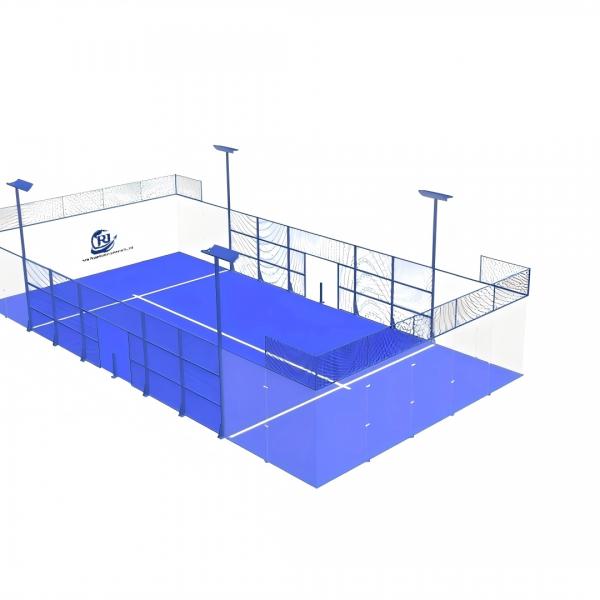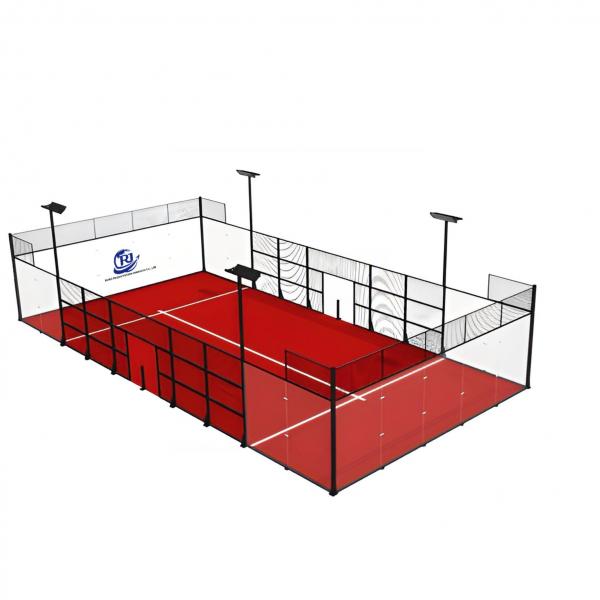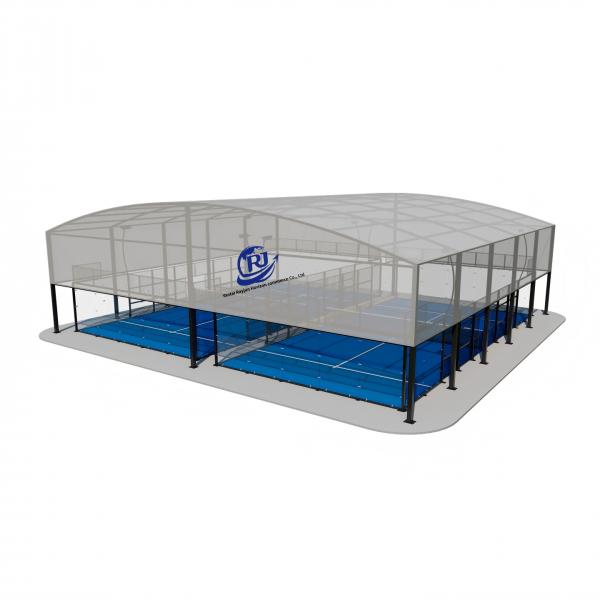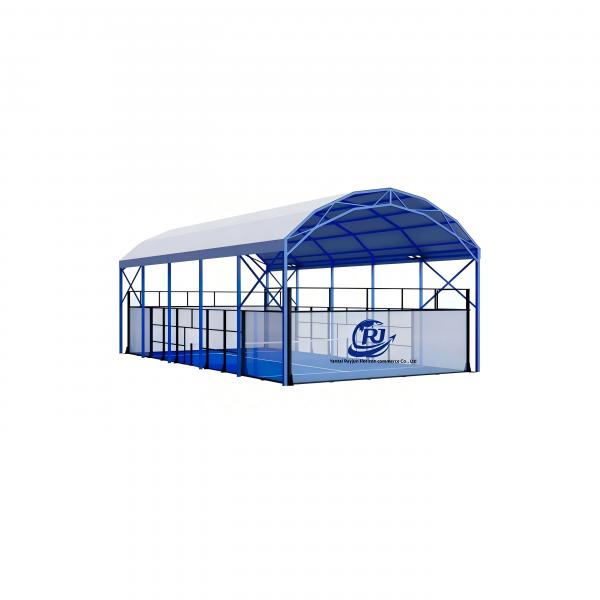Choosing the best location to build padel courts involves several factors to ensure that the facility is both successful and sustainable. Here's a guide to help you assess the ideal location:
1. Demographics & Target Market
Population Density: Choose an area with a dense population, ideally in an urban or suburban location. A higher population means more potential customers.
Age Group: Padel is a popular sport among young to middle-aged adults (ages 25-45). Check the local demographics to ensure the sport will appeal to the target audience.
Interest in Sports: Locations near other sports facilities (e.g., tennis clubs, gyms, fitness centers) might indicate an existing interest in recreational sports.
2. Accessibility & Transportation
Public Transport: The location should be easily accessible by public transport (bus, subway, or train). If people can't easily reach the courts, they might not come.
Parking: Ample parking space is a must for those driving. You want your customers to be able to park close to the courts, especially if you expect a high volume of visitors.
Proximity to Major Roads: Being close to major roads or highways can increase foot traffic and accessibility.
3. Competition & Market Research
Existing Facilities: Analyze the competition in the area. If there are many other padel courts nearby, you might struggle to attract customers unless your facility offers something unique (e.g., better amenities, more courts, or lower prices).
Market Gap: Alternatively, if there are few or no padel courts nearby, you may have a market opportunity. Research whether people in the area would be interested in padel, and how often they play.
4. Proximity to Target Groups
Clubs and Schools: Consider areas close to tennis clubs, schools, or universities. Padel is a sport that is often introduced to younger generations, so having the facility near schools or youth organizations could help boost interest.
Sports Clubs & Health Centers: Many people who are members of gyms or health centers also play padel. You could collaborate with gyms in the area to increase awareness.
5. Area Safety & Environment
Safety: Ensure the area is safe, with low crime rates. Parents, in particular, want to feel secure if their kids are playing sports.
Environmental Conditions: Consider the local climate. Outdoor courts should be in an area that has good weather conditions for most of the year. Areas with extreme weather may require covered or indoor courts.
6. Size & Layout of the Space
Space Requirements: A standard padel court requires around 20m x 10m (200m²), but you'll also need space for common areas, changing rooms, parking, seating, and possibly a café or shop.
Expansion Potential: If the demand grows, you’ll want to ensure there’s potential to expand the number of courts or add additional services (e.g., fitness areas, lounges, etc.).
7. Visibility & Branding
High Visibility: A location near a busy area (e.g., shopping centers, parks, or high-traffic streets) can help attract people simply through visibility. The more visible the courts are, the more likely it is that people will stop by and inquire about playing.
Branding Opportunities: If you’re planning to host tournaments or events, having a location with good visibility can create brand recognition.
8. Cost of Land or Rent
Affordability: Make sure the cost of purchasing or renting the land is within your budget, including maintenance, utilities, and potential land taxes. Areas in high-demand zones often come with higher costs, which could eat into your profits.
Long-term Value: Look for areas where land prices are likely to appreciate over time. Building a facility in an emerging neighborhood can be a good investment for the future.
9. Community & Local Interest
Local Support: Before committing to a location, it’s a good idea to engage with the local community. Do surveys or hold focus groups to gauge interest in padel. If the community is enthusiastic, they’ll likely support your venture.
Local Partnerships: You can also build relationships with local businesses or organizations to increase awareness and possibly get their support.
10. Legal and Zoning Considerations
Zoning Laws: Check the zoning laws for the area. Some regions have restrictions on building sports facilities in certain zones. Ensure your planned location allows for recreational or commercial use.
Permitting and Regulations: Investigate any necessary permits or regulations required for building padel courts in that area.
11. Future Growth Potential
Demographic Growth: Research if the area is expected to grow in population. Building in a neighborhood or city that is expanding could help ensure long-term success.
Infrastructure Development: Pay attention to any planned developments in the area, such as new public transport stations or residential projects, which could drive more foot traffic to your facility.
Conclusion
The key to choosing the best location for padel courts is finding the balance between accessibility, market demand, competition, and cost. Research is essential—understanding the local population, competitors, and the overall demand for the sport will guide you to the ideal spot. The location should be easily accessible, have a supportive community, and provide room for growth.








